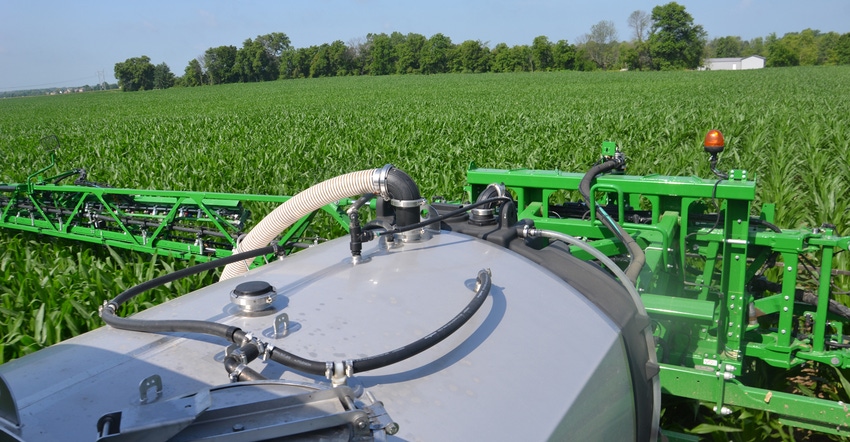
If you wanted a recommendation for nitrogen rates from the 1980s into the early 2000s, you likely used the yield-goal-based nitrogen approach from the Tri-State Fertilizer Recommendations bulletin. Around 2005, researchers in several Corn Belt states concluded this approach was inaccurate.
Bob Nielsen, Purdue University Extension corn specialist, and Jim Camberato, Purdue Extension soil fertility specialist, set out to do something about it. They put out their first trials aimed at collecting new data on nitrogen rates in 2006. They just analyzed results from 2018 and included them in their database, giving them 13 years of data.
Need more data
While they’ve come a long way, Nielsen still wants to collect more data about nitrogen rates across Indiana. Nitrogen is one of the most expensive inputs for corn. “Our long-term objective is to develop soil-specific nitrogen rate guidelines,” he says. “Conducting nitrogen-rate trials on farmers’ farms is the best way for us to expand our efforts and increase the size and scope of the database for making regional recommendations.”
About 60% of the trials over the past 13 years have been on actual farm fields, Camberato notes. Many of the rest, conducted at Purdue ag centers, have been field-scale trials, not small-plot research. Both agronomists hope more farmers will cooperate so they can expand the data set. They typically use five or six rates — often 70, 110, 150, 190 and 230 pounds of total nitrogen per acre.
“If you use a variable-rate controller that accepts prescription N rate files, we can create and provide a prescription that essentially eliminates the logistics of implementing the replicated N rate treatments,” Nielsen says. “Use of calibrated combine yield monitors greatly reduces the harvesting logistics of field-scale trials.”
Contact Nielsen at 765-494-4802 or [email protected], or Camberato at 765-496-9338 or [email protected] if you’re interested in working on this project.
13-year findings
The agronomic optimum nitrogen rate varies across Indiana, from 210 to 263 pounds per acre, Nielsen says. That’s the rate which on average produces the most yield, regardless of cost. The economic optimum nitrogen rate varies from about 170 to about 210 pounds per acre, depending upon the region. That’s the rate which on average maximizes dollars of return from your nitrogen fertilizer investment. It varies with fertilizer price and grain cost.
Indiana is split into nine crop-reporting districts, from northwest to southeast. Based on similarities in data, the agronomists have combined some districts.
If nitrogen is 40 cents per pound and corn is $3.50 per bushel, the recommendation based on 13 years of data for northwest, southeast and south-central Indiana farms is 183 pounds of N per acre. For central Indiana at the same values, it’s 201 pounds per acre.
Recommendations for northeast and east-central Indiana at 40 cents per pound N and $3.50 per bushel corn call for 221 pounds of per acre. If you farm in north-central, southwest or west-central Indiana, the recommended rate at the same variables is 178 pounds per acre.
If you farm sandy, nonirrigated soils, no matter where you live, the rate is 191 pounds per acre. Find complete tables online.
About the Author(s)
You May Also Like




